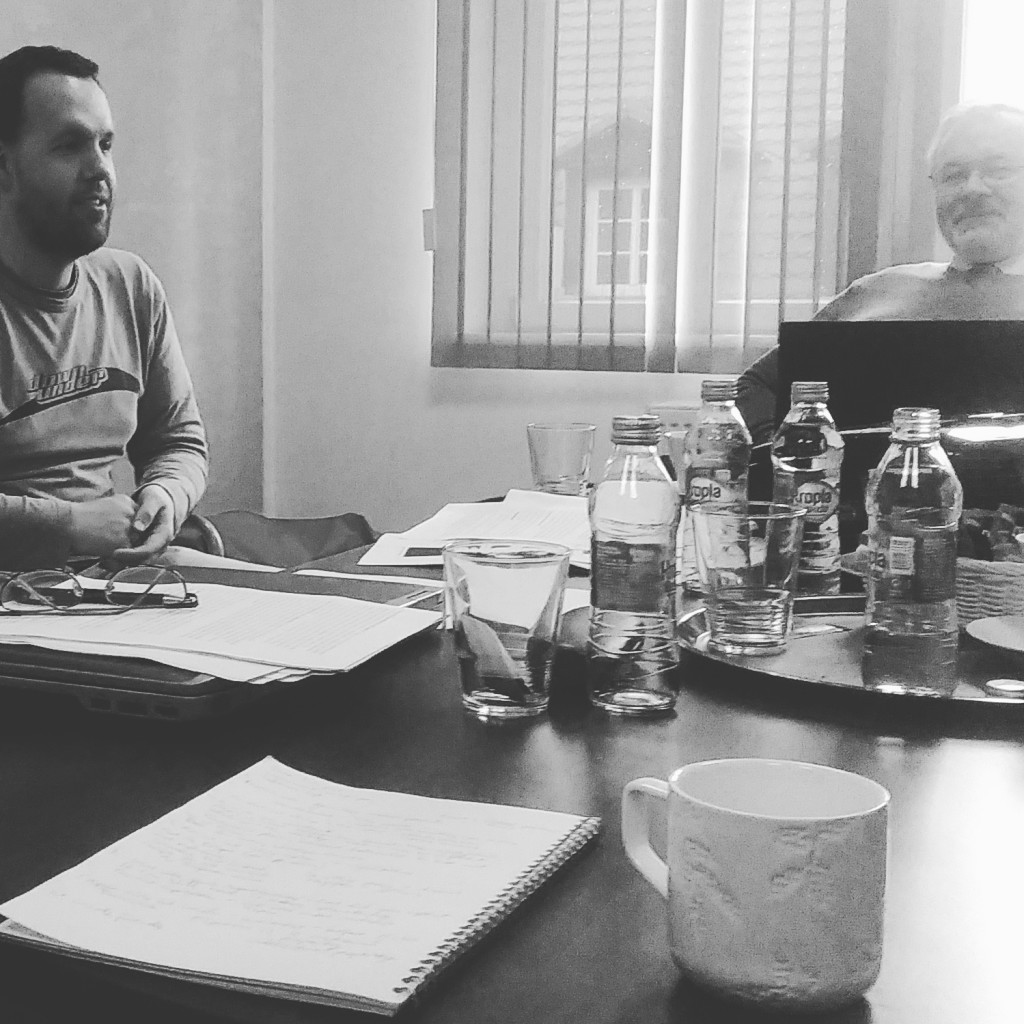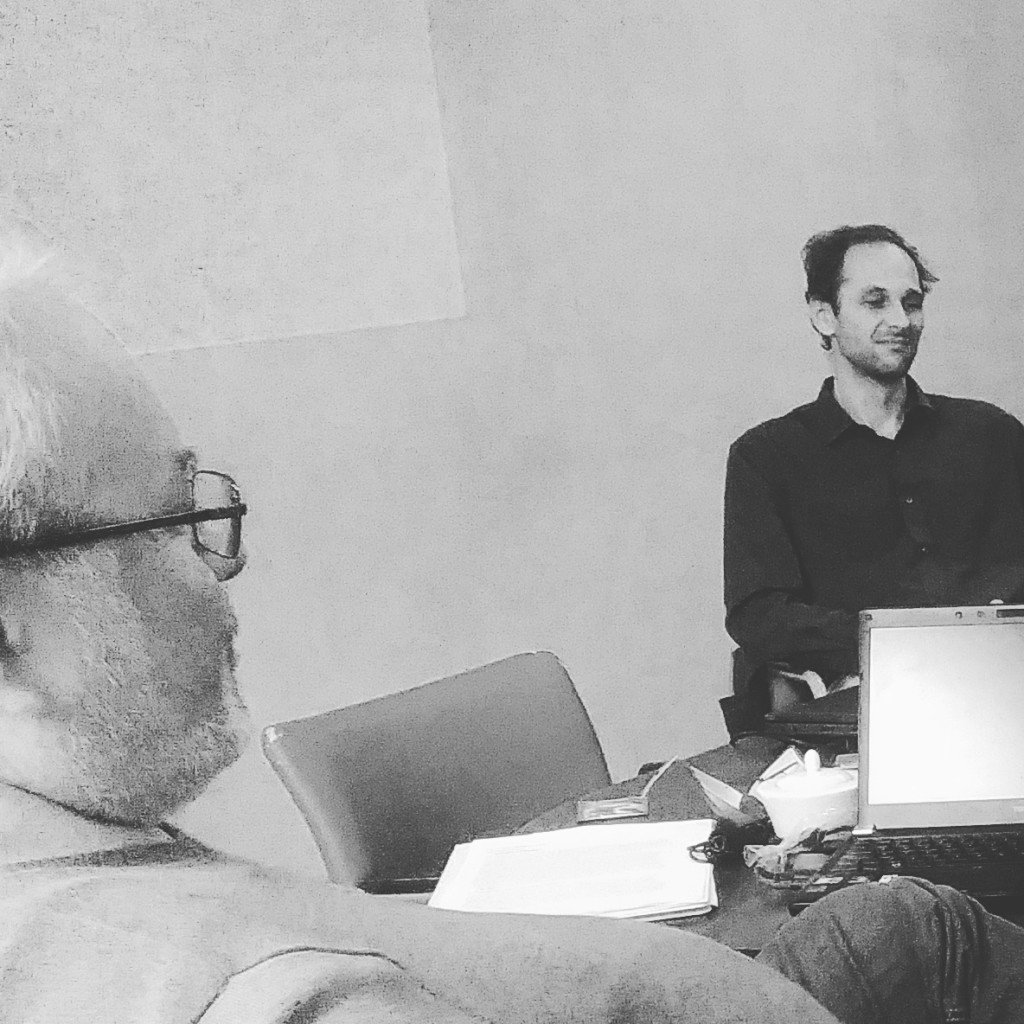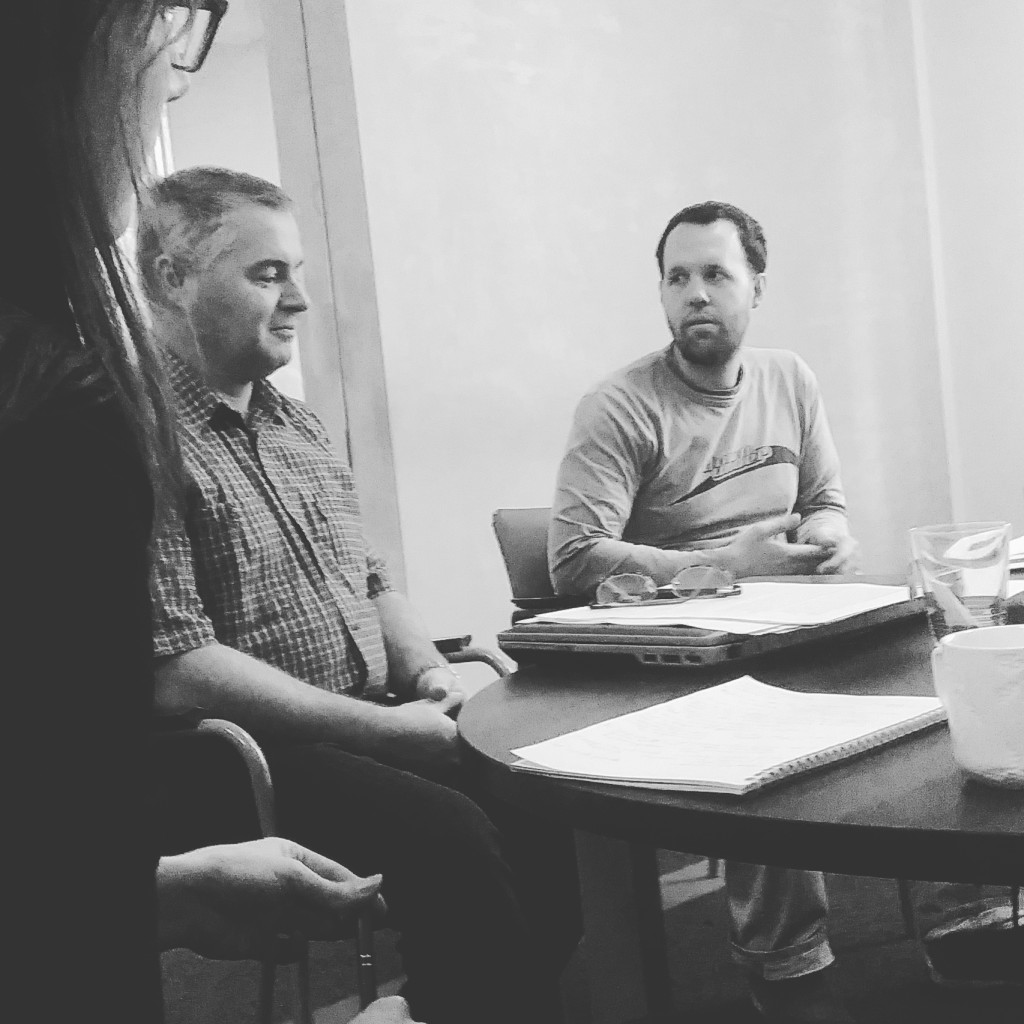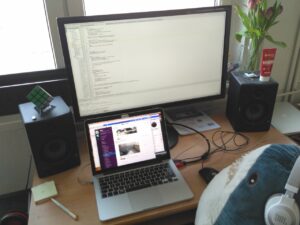In projects with ten international partners or more, there are challenges. The business mentality can clash with an academic approach, bureaucratic regulations may differ – and, of course, you can offend an Italian partner by ordering a cappuccino in the afternoon. Yet, the roots of a successful project are always in the culture and working with tried and tested partnerships. If the core values are shared, it can yield excellent results. We interviewed eScop’s Pavel Balda and Milan Stetina (Czech Republic), Polish researcher Stanisław Strzelczak, Sergii Iarovyi (Finland) and project manager Dominik (Poland, Espeo).
1. How is it possible for international software cooperation to work out – how is this achieved? How do you coordinate?
Stanisław: The formal mechanism is always similar – tasks, work plans etc. Sometimes the reality may turn out to be different, and you have to work with that. There are just too many interdependencies to let things flow.
Dominik: Every task has a designated leader, who coordinates the work of all of the other partners involved. We have regular, periodic meetings where progress is reported (on the task level, work package level and project level). We use group work tools (Adobe Connect) which allow us to hold teleconferences. Additionally, we make use of SVN and mail groups.
Sergii: From my perspective, the most important aspect of a co-operation is to share the same idea. Of course, face-to-face meetings are better than teleconferences, but good system design and motivated teams are much more important than the means of communication. Additionally, the differences in cultural backgrounds sometimes help to see the problems from different angles.

2. What were (or are) the biggest challenges for the project?
Sergii: The project should combine Research and Innovation activities, so it should be ambitious, but still applicable to practical problems. The different backgrounds of the partners were also a challenge, but I think all of us learned plenty of new things in order to be able to create a coherent solution.
Pavel: Basing on my experience, I’d say that it is much more easy to control a smaller project, that’s for sure. But the business/research model we followed in the past – where the companies motivated the universities to give them more concrete results – worked, and allowed us to create partnerships that we still rely on.
Stanisław: There are challenges in balancing the research focus most of us represent versus the ‘project business’ orientation of some of the partners working with us. But we have to accept it – this is the modern reality. It’s clear for me why this happens. It’s worth adding that we draw constructive conclusions from all experiences.

3. Did the cultural differences surface, and were they a problem?
Milan: In my opinion, when it comes to shared values – especially in the business approach – I don’t see a difference between the Czech Republic, Poland or any place in Europe.
Pavel: Sometimes there might be a slight difference between what I call the ‘north’ and ‘south’ mentality, and we might have our political differences – our countries may not have the same views towards politics, the EU, or have the same bureaucratic procedures. Yet, most cultural differences we might have in Europe are not extreme. In other projects, where people outside of our most immediate cultural circle were involved, things didn’t always flow as smoothly.
Stanisław: The roots are always in the culture and collaborative attitudes – if the values are similar, it’s much easier to work things out. We also know each other – as humans, as colleagues. One of the reviewers pointed out that this project is great because we know and like each other.
Sergii: Culture does matter sometimes. For example, for Finnish partners 11am is a time for lunch and it is best to meet before it, and in Italy the habits are the exact opposite. On the other hand, in business culture, the role in the project and field of work (industry/academia) of the partner is more important than on the country of origin.
[Tweet “The roots of successful international software cooperation are in the culture & shared values”]
4. What impressions did you have of Espeo, and Polish developers in particular?
Stanisław: Well, if I’m still here then it means something! To be honest, it appeared that Espeo was slightly more cautious than we were – it was understandable, as we were still in the early stages of the project. But we decided to trust each other. Overall, we had a definite positive impression of the company, and this positive impression remains. We can safely say that we made friends at Espeo.
Sergii: Working with Espeo was a great experience. The developers engaged in honest and direct communication, demonstrated solution-focused thinking and a willingness to see the big picture. Espeo’s developers were a very important factor in the project’s success.

5. Do you have any anecdotes to share?
Milan: Yes, the coffee incident in Italy!
Stanisław: While we were in Italy to discuss the project with our Italian partner, Espeo’s Dominik ordered a cappuccino in the afternoon. The Italian waitress looked at him as if he was a Martian. One of our Italian colleagues commented that it’s not acceptable to drink cappuccinos after 11 a.m. in Italy. And this is how learned that coffee is the Italians’ intellectual property. Dominik still insisted on his decision, though.
Sergii: I also remember a story how our colleagues booked a hotel with exactly same name in the wrong Italian town (about 50 km away). Although I believe we’ll tell the most amusing stories after the final review – in the sauna near a frozen lake in the real Finnish winter.


![Before You Start Outsourcing Software Development [Checklist]](https://espeo.eu/wp-content/uploads/2017/01/rlw-uc03gwc-glenn-carstens-peters-e1484576247712-300x200.jpg)

